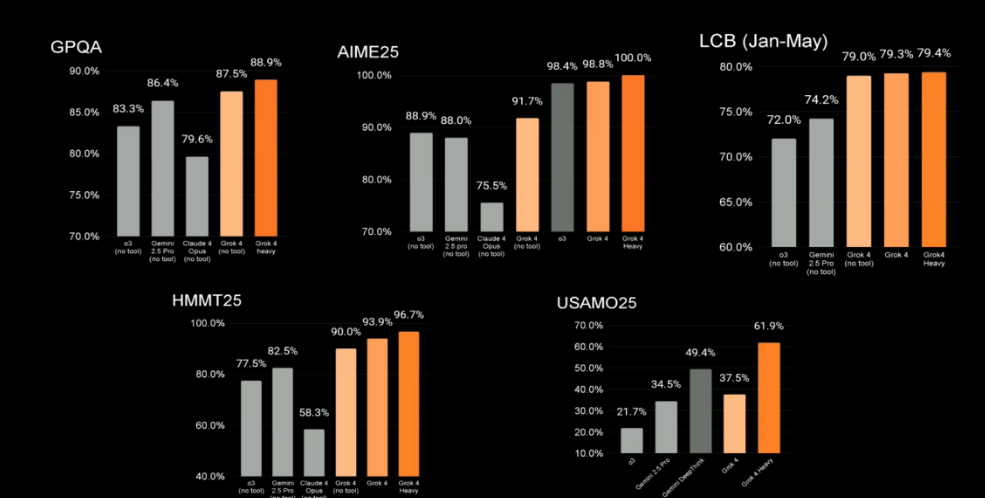Insider Brief
- The Trump administration’s April 2025 export controls on high‑performance AI chips have triggered a global realignment in the semiconductor industry.
- Nvidia and AMD are taking multi‑billion‑dollar charges — $5.5 billion and $800 million respectively — and their shares have tumbled on canceled Chinese orders.
- Governments and companies are racing to boost domestic chip production and reconfigure supply chains, marking a shift toward technological decoupling.
The Trump administration’s new export controls on high‑performance AI chips have rattled the global semiconductor industry, triggering multi‑billion‑dollar writedowns, share‑price swoons and a scramble to reconfigure supply chains from California to the Chinese coast.
While aimed at curbing China’s ability to field supercomputers for military or nuclear‑simulation purposes, the measures have also prompted far‑reaching corporate and geopolitical shifts across America, EMEA and Asia.
The New U.S. Export Controls: A Strategic Clampdown
In April 2025, President Trump expanded Biden‑era rules to require U.S. firms to secure licenses for exporting top‑tier AI chips—most notably Nvidia’s H20 and AMD’s MI308 — to China, a process that has historically yielded zero approvals and effectively amounts to a ban. The administration justifies the crackdown on national‑security grounds, warning that advanced processors could power Chinese supercomputers capable of simulating nuclear tests or other sensitive defense applications, according to Reuters. Concurrently, Commerce Secretary Howard Lutnick launched a Section 232 investigation into semiconductor and related equipment imports, paving the way for 10–25% tariffs aimed at boosting domestic production and reducing foreign reliance, Reuters reports.
Financial Hits and Strategic Shifts
Major chipmakers braced for steep costs. Nvidia warned of a $5.5 billion charge tied to unsold H20 inventory and canceled Chinese orders, sending its stock down roughly 6.3% in a single session. AMD flagged up to $800 million in charges after China — which contributed about 24% of its 2024 revenue — vanished as a sales market overnight, according to Reuters. Even ASML, the Dutch equipment giant, cautioned that U.S. tariffs inject “increased uncertainty” into its outlook, despite forecasting growth over the next several years. In response, Nvidia said it would invest $500 billion in U.S.‑based AI supercomputing infrastructure over four years, aiming to insulate itself from export‑control risks, reports Business Insider.
Global Market Repercussions
The clampdown sent ripples through equity markets. U.S., European and Asian tech stocks tumbled, with suppliers from Samsung to Advantest joining Nvidia and AMD in double‑digit percentage declines, according to Reuters. Beyond equities, the World Trade Organization slashed its 2025 global trade growth forecast from a 3.0% gain to a 0.2% contraction, explicitly citing renewed tariffs and export curbs as drivers.
The U.N. Trade and Development agency, meanwhile, warned that ongoing U.S.‑China trade tensions could trim global GDP growth to just 2.3% in 2025.
EMEA and Asia Navigate the New Landscape
In Europe, policymakers moved to shore up local capacity. The European Chips Act lays out a €43 billion investment framework to double the EU’s share of global semiconductor production to 20% by 2030, aiming to reduce reliance on external suppliers European Commission. Yet, ASML has reported that U.S. export rules will complicate servicing of Chinese customers and cloud long‑term revenue projections, underscoring the continent’s ongoing vulnerability to geopolitical headwinds.
In Asia, China accelerated its quest for self‑sufficiency under its twofold “Made in China 2025” and subsequent policies, intensifying state support for chip design and fabrication to blunt the impact of U.S. curbs. Southeast Asian nations are also vying for a bigger slice of the semiconductor pie: Malaysia aims to secure over $100 billion in semiconductor and AI infrastructure investments by 2025 to position itself as a regional hub, while Vietnam has tightened controls on semiconductor exports and transit to prevent illicit chip rerouting amid U.S. tariff threats.
A New Era of Technological Decoupling
The chip controls exemplify a broader decoupling trend, prompting companies to realign supply chains and governments to underwrite domestic semiconductor capacity. Firms are shifting manufacturing footprints to friend‑shore locations, often in smaller economies, to mitigate risks tied to U.S.‑China tensions. Meanwhile, nations are funneling subsidies and incentives into local foundries and design centers to safeguard economic and security interests. Experts warn, however, that fractured export regimes threaten international collaboration in AI research and development, with potential long‑term costs for global innovation, according to CSIS.
As the “AI chip war” unfolds, corporations and governments face a delicate balancing act: securing national security and technological sovereignty without undermining the global innovation ecosystem that has driven decades of progress. The ultimate winners will be those who can navigate this new landscape — preserving both security and the open collaboration that fuels the next wave of deep‑tech breakthroughs.






